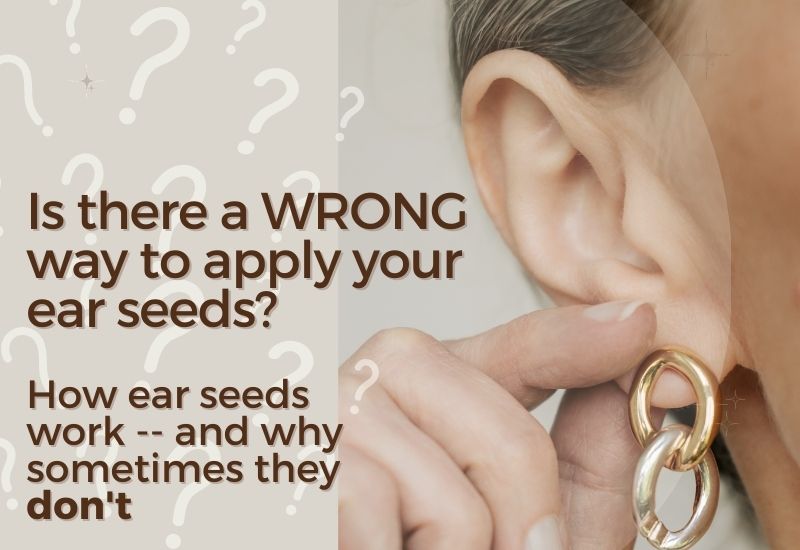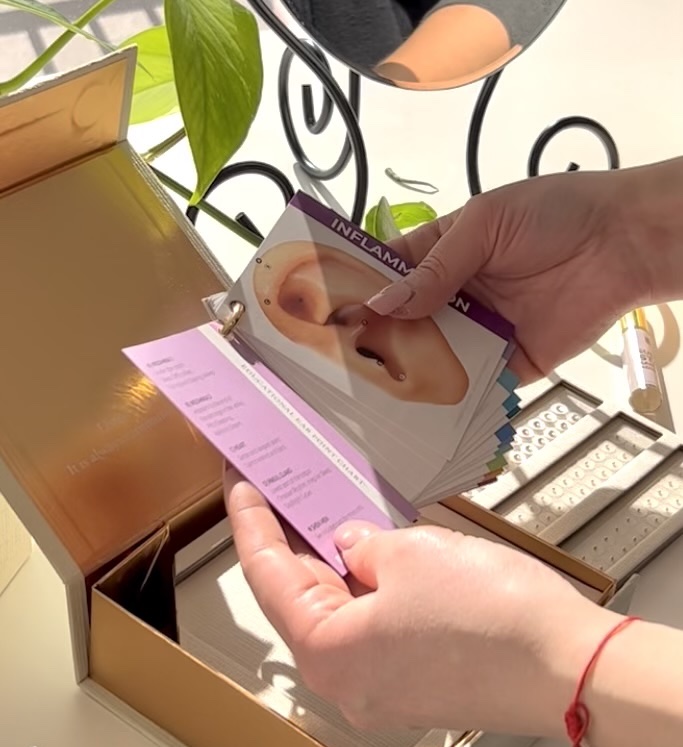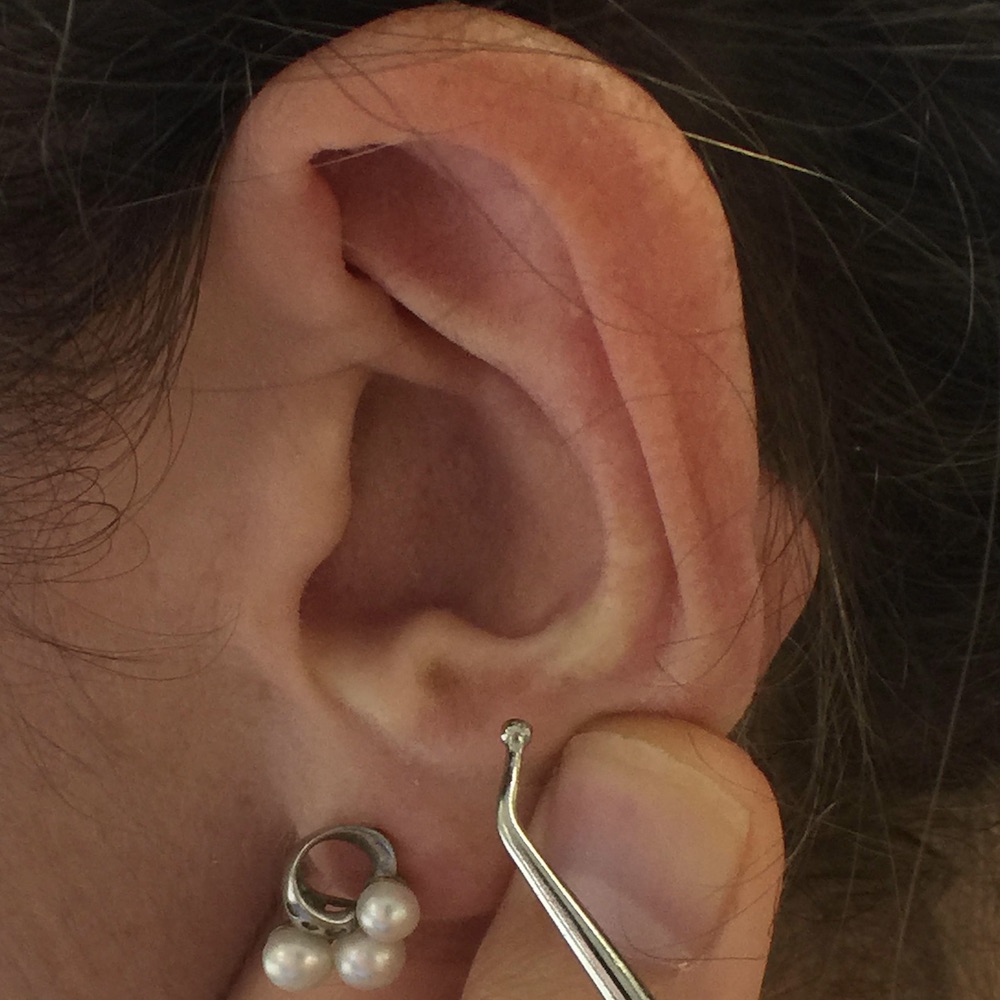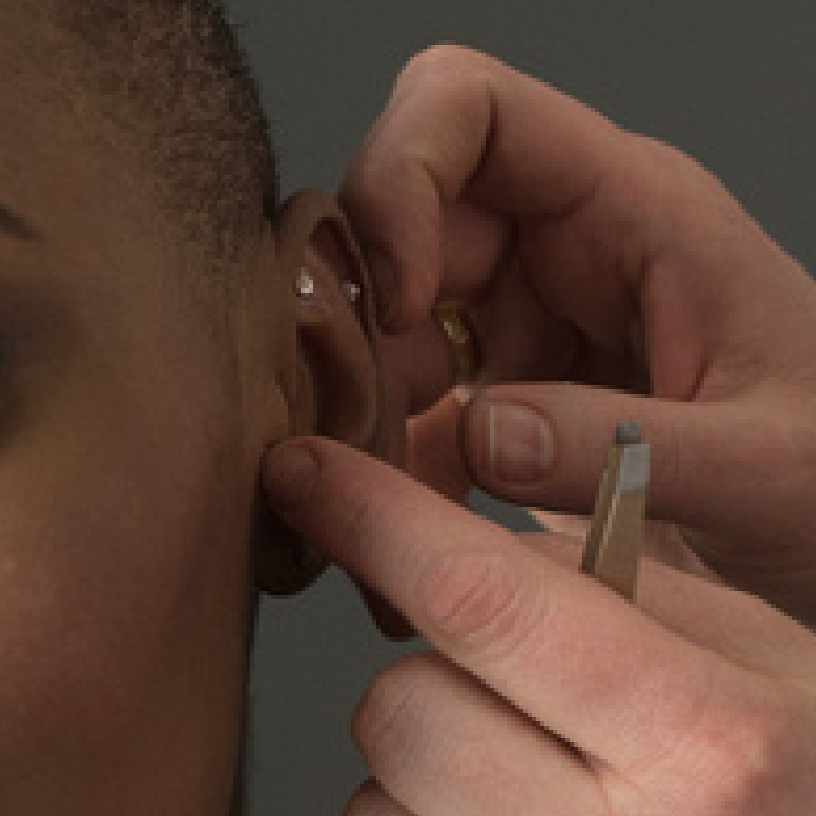 Tova Here! Hi!
Tova Here! Hi!
So. This is my morning routine:
Get up, get the kids up, do the morning things, drive the kids to school, head to the EarSeeds office.
But every day, almost without fail, I stop between school and work at my local coffee house. Sure, I like the coffee, but more importantly, I like to start my day by saying hi to the crew that works there.
It’s like that old show Cheers! where everybody knows your name— except with coffee and sunshine. (Am I dating myself? I’m definitely dating myself. Whatever.)
This past holiday season I gave the crew custom Ear Seeds care packages as a ‘thank you’ for making my mornings a little brighter.
No surprise that the next time I popped in, they had questions.
How long do you wear them? What happens if you stop wearing them? How close to the point do you have to be?
Basically, all the questions on our FAQ page.
However, my buddy Oliver the barista had two MAIN questions I wanna answer today.

“Do I have to use ALL the points on the chart or can I use just some?”
The answer is “you can use them all, or you can use just some.” (Not dramatically helpful, I know.)
And “how do I know which points to use?”
Now this is where ear seeds can get intimidating, because you might be worried that you’re going to get it wrong! What happens then?!
But here’s the beautiful thing about ear seeds…. there are NO WRONG POINTS.
Since ear seeds work by stimulating nerve endings on your ear to create homeostasis (or balance) in the body, no matter where you put them, if they hit an “active” point, that is what they’ll try to do: create balance. If you hit a non-active point, they won’t do anything bad, they’ll just look cute!
(Sidenote: When people don’t get immediate results, they’re often inclined to give up and dismiss the entire modality, which is a shame. They just might not be taking the time to experiment with different points and/or confirm proper point placement.)
But wait… what’s an active point?

An active point is a point on the ear where the nerve ending is currently indicating that there is an imbalance in its associated part of the body.
There are even electric stimulator tools that can help identify these points by making a sound when they touch an active area of the ear.
But YOU can often identify active points by looking at your chart and poking your ear with an angled probe in the area where that point is located. An active point will sometimes be more sensitive, and possibly even visibly discolored or have a vein or bump running through it.
If that’s the case, then you’ve discovered a great point to put a seed on.
(Heads up: it may be more tender on those very active points. If your ear seeds hurt, here’s a blog post about how to handle it.)
Now, because our charts are expert-designed by Elie (my handsome hubs, but also one of the most sought-after experts & teachers in his field) you really can just start out by defaulting to the points indicated on the charts.
But also, you can experiment with different placements.
Just examine your ear to determine if there are any veins, bumps or discolorations which overlap with points indicated on our Ring of Cards.
Ear seeding isn’t complicated, and you can easily get started on your own with the right placement charts. Click here to shop essentials!
P.S. Don’t forget: whether alone or in conjunction with other points, it’s always good to seed Shen Men!


